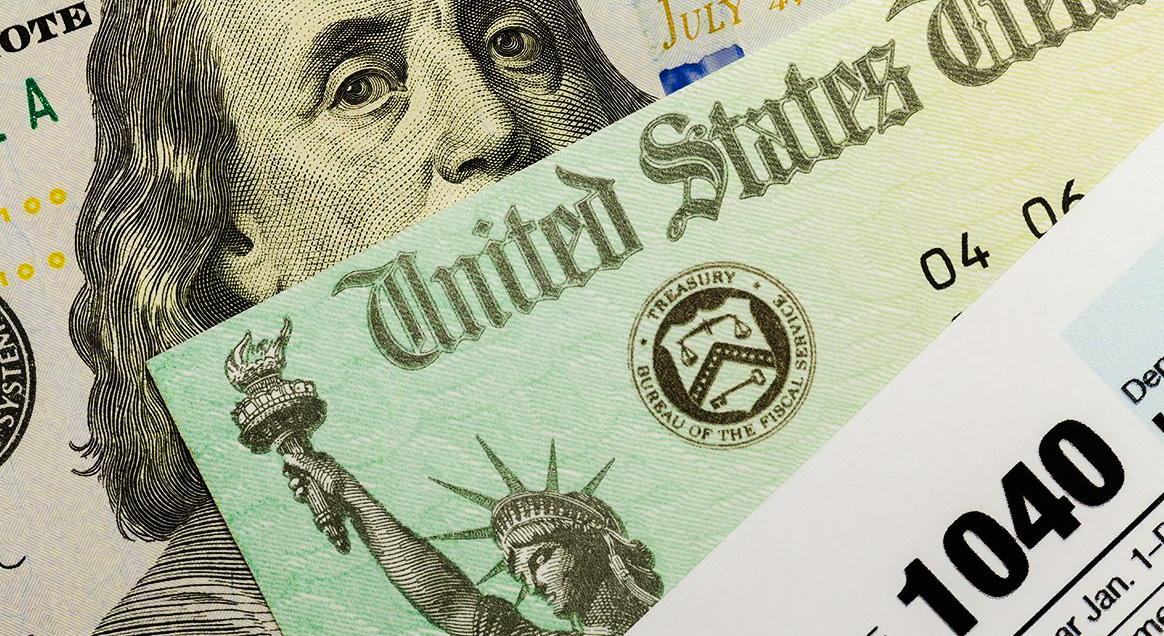 When you receive your tax refund, learning how to spend it wisely is your best bet. But you should also learn some of the ways you shouldn't be using it. Below, we've provided you with ideas on how to use your IRS tax refund and some ways you should probably avoid.
When you receive your tax refund, learning how to spend it wisely is your best bet. But you should also learn some of the ways you shouldn't be using it. Below, we've provided you with ideas on how to use your IRS tax refund and some ways you should probably avoid.  When you receive your tax refund, learning how to spend it wisely is your best bet. But you should also learn some of the ways you shouldn't be using it. Below, we've provided you with ideas on how to use your IRS tax refund and some ways you should probably avoid.
When you receive your tax refund, learning how to spend it wisely is your best bet. But you should also learn some of the ways you shouldn't be using it. Below, we've provided you with ideas on how to use your IRS tax refund and some ways you should probably avoid. 
